Two brothers in swimming tank
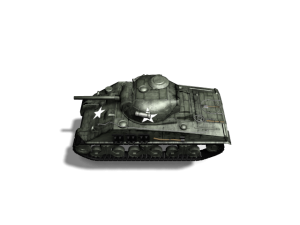
This is just one story among many others that was written by the people who were involved in WWII
and collected by the BBC. It was contributed by Mr. Laurie Burn who was a tank commander in
Sherman tank, located in Sword Beach, Normandy, France.
The D-day and voyage
His first impression at the beginning of D-Day was that there was simply no joy in crossing the
Channel in a flat-bottomed boat! He had hung a bucket on the back of their tank, and it was one
continuous stagger to the bucket to be sick and then back. In his story he is saying that he even
wanted everything to sink, that much weight was in his guts.
His brother Pete and he were members of the same Sherman tank crew. They were co-driver and a
gunner. And the name of their tank was ‘Icanhopit’, but by the end of the war they were in ‘Icanhopit
4’. You can guess why…
Endurance under the stressful situations was practiced in a submarine station located at Gosport.
Weeks of sitting in so-called improvised tank turret, in a 20ft-deep concrete bath poured by 2,000
gallons of water, testing nervous system of Sherman tank crews!
The DD tanks!
You may wonder why but you must know that Sherman tank was known as one of the swimming
tanks, because there were versions of Sherman that were called DD Shermans-duplex drive
Shermans! They could float even though they weighed 32 tons. Collapsible canvas screen fitted on
the tank`s side was raised or lowered by means of compressed air in bottles. Once the screen was
raised the tank was driven by two propellers from the main engine and steered by rudder and a very
long tiller. That’s how Sherman tanks were seaworthy.
The most terrific bombardment off the French coast started as they crossed the Channel.
Unbelievably big and vast Armada of ships was behind them: battleships blazing off their big guns;
rocket projectile ships launching hundreds of rockets; and the RAF bombing the landing area. When
they heard „floater“, they knew this was it and they must go and do what they were prepared to.
Seeing photos before that, they knew how coast looks. Photos of the Ouistreham area, where they
were meant to land, started to become a reality.
Becoming a man
After they started to float Sherman tank were all so low in the sea that they looked more like rowing
boats, but that was part of the surprise plan. “It was 6.30 hours. H-hour was 7.25 – we were to land
at H 7.5 minutes. The bombardment went on and it was about this time that I stopped being a boy
and became a man, because the landing craft carrying the infantry troops and commandos began to
overtake us and some of them simply went over the tops of the tanks.”
7 minutes late
Among the dead bodies, Pete and his brother looked up and saw a massacre. They were about
seven and a half minutes late arriving on the beach, but as soon as they dropped the floater screen,
incoming high tide flooded the engine compartment. Before they evacuated, they fired their guns as
long as they could!
Their troop sergeant, who had safely landed his tank, reversed to them and took them on board, and
then, amid all the shooting and mayhem, calmly dropped them off by the sea wall. 33 out of 40
launched tanks survived and enough of them made a real contribution to the battle.
Hope in this one is strong
First night as they waited in an orchard in Hermanville their position came under mortar attack. They
had dug trenches under their tanks and convinced themselves that they are safe from harm. But
from that day on they only slept in tanks. Trenches didn’t help a lot.
First day of war for them was over, a day for which they had trained as a crew for 2 years, and they
succeeded… to survive. It never crossed their mind that the Allies could lose the war, they were too
young to think otherwise.
That’s a story of one of the first Sherman tank crews that landed in France, on D-day.
Inspiration text: https://www.bbc.co.uk/history/ww2peopleswar/stories/84/a2044784.shtml
Image: http://the.shadock.free.fr/sherman_minutia/duplexdrive/duplexdrive.html
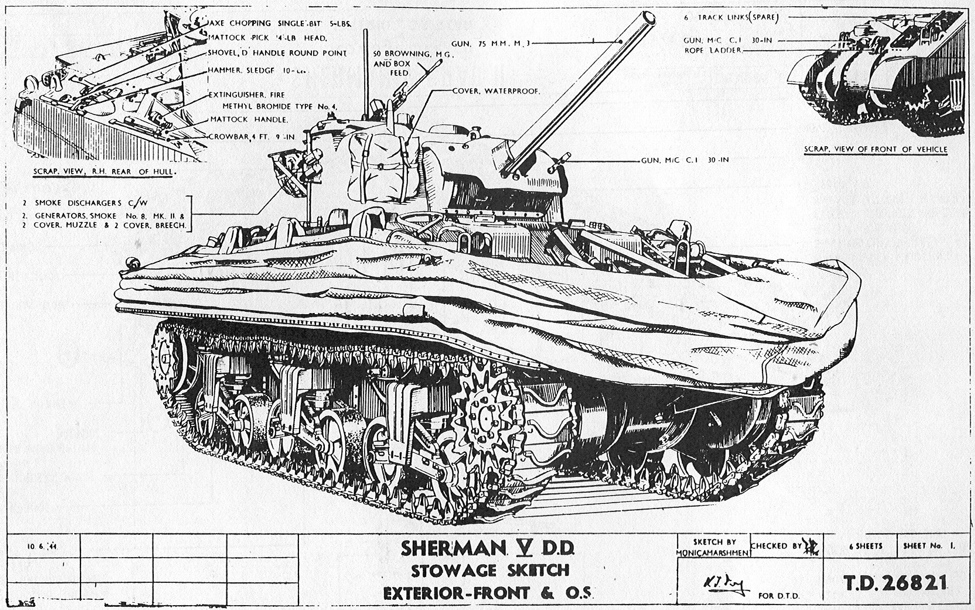
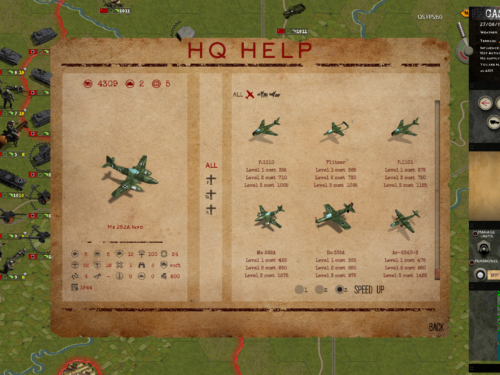
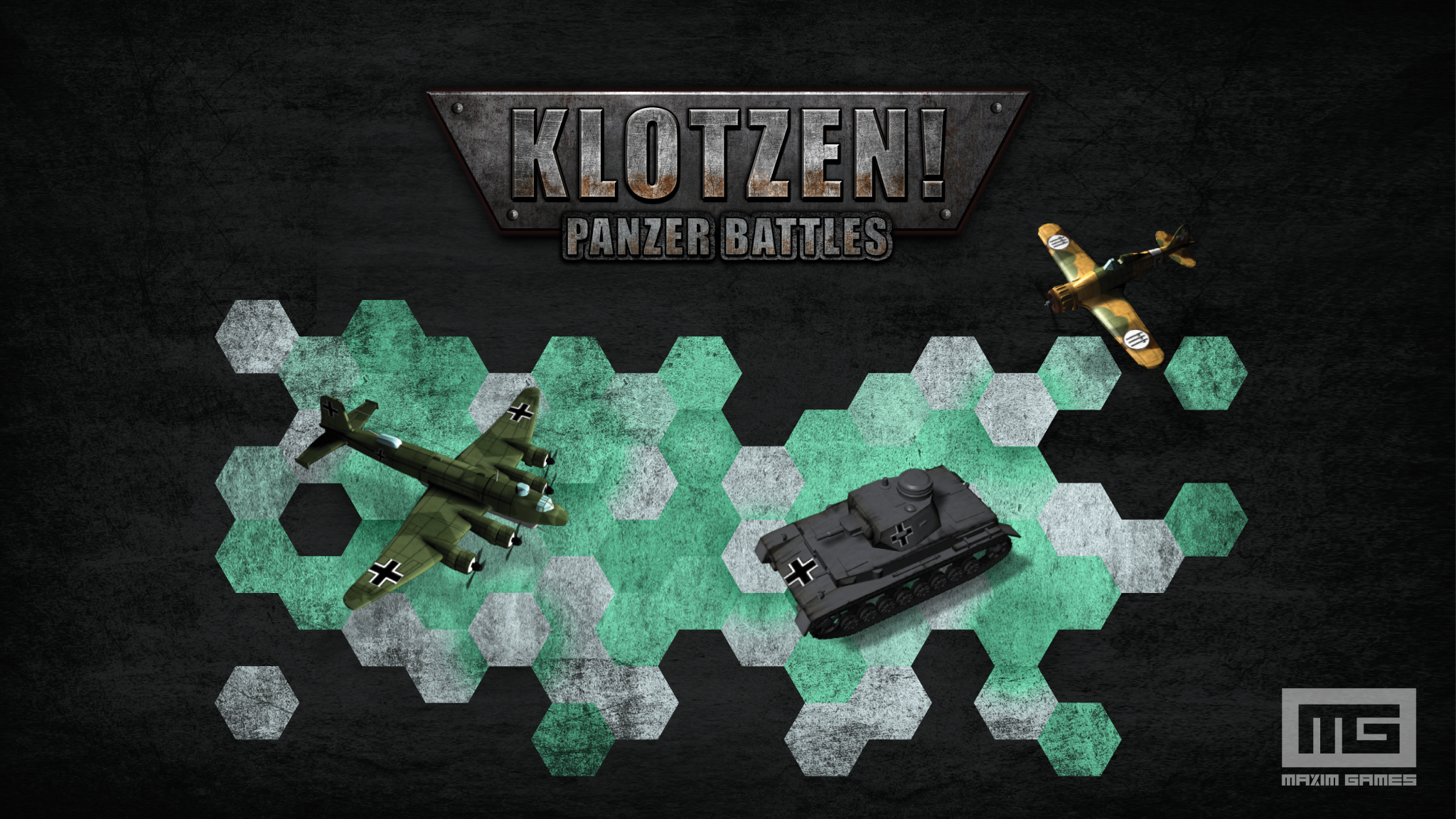
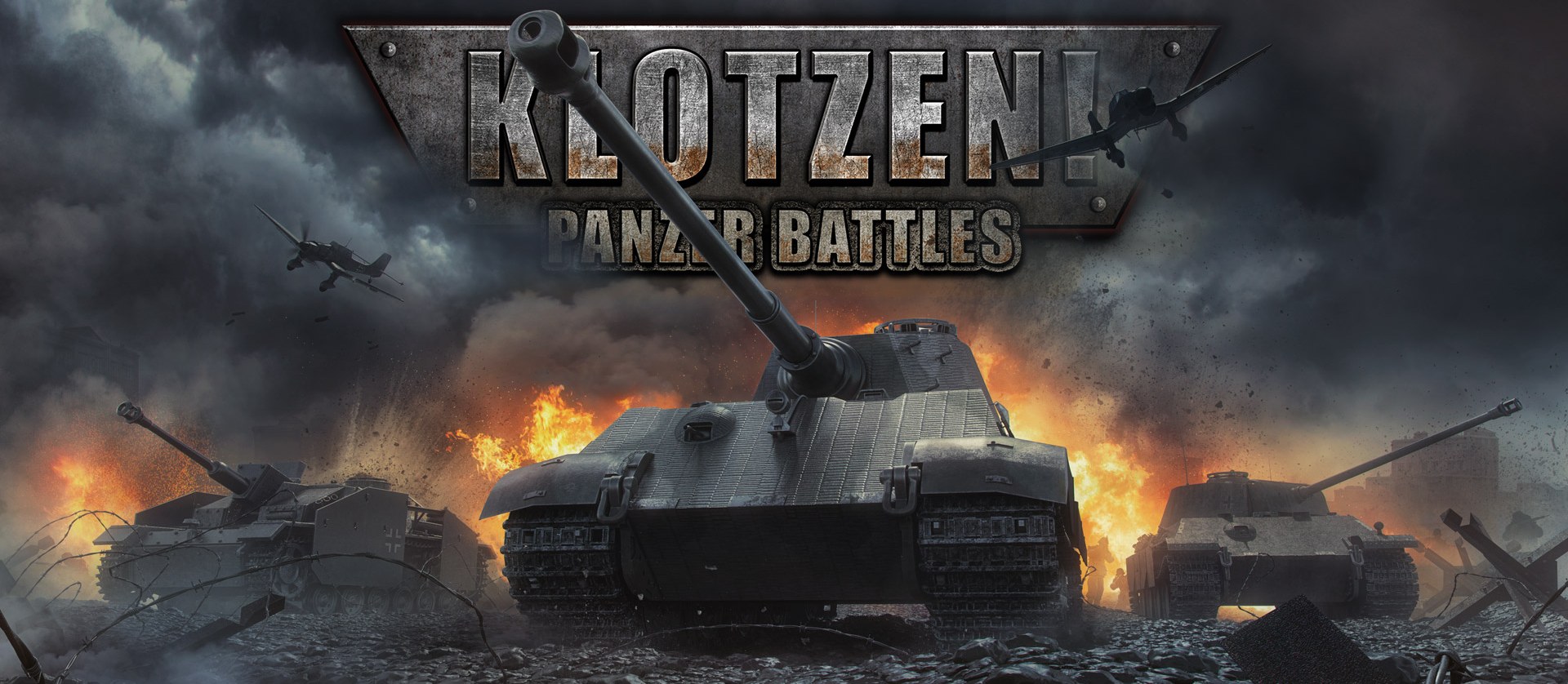
Recent Comments